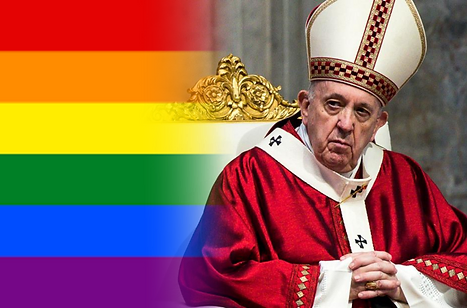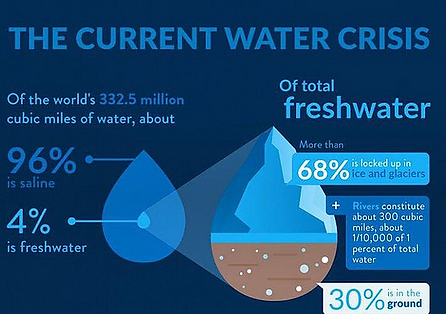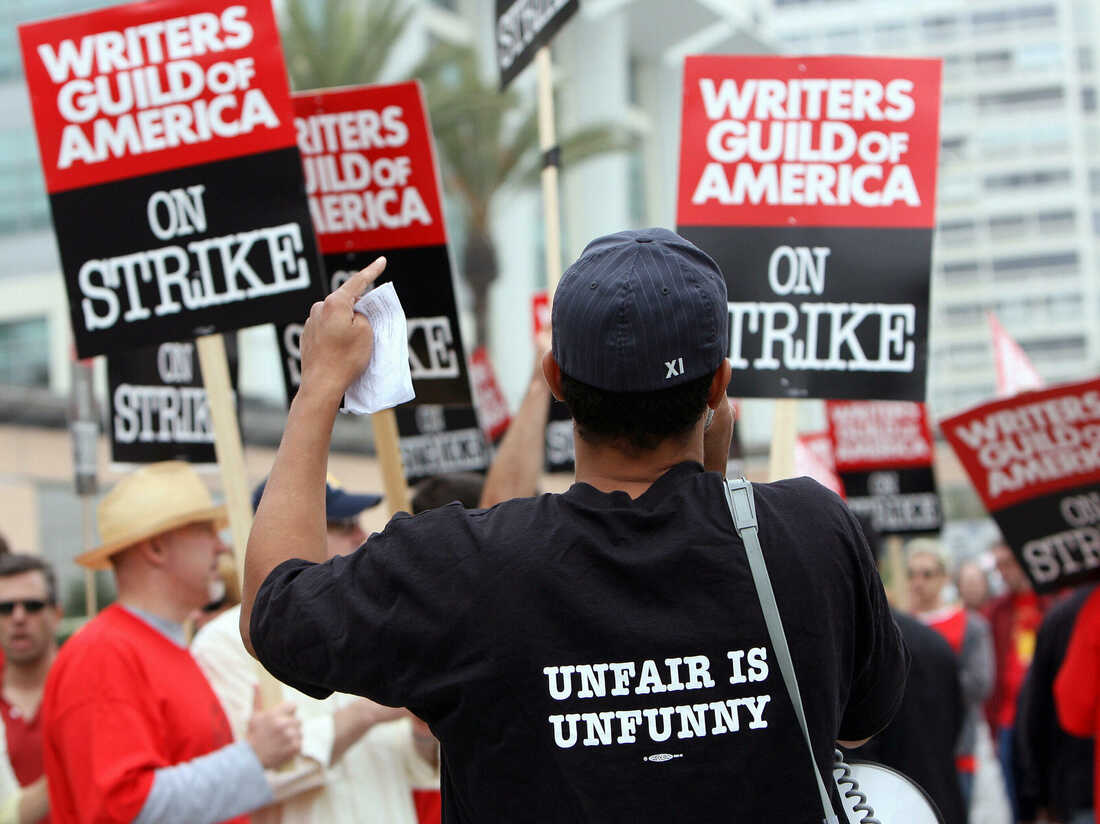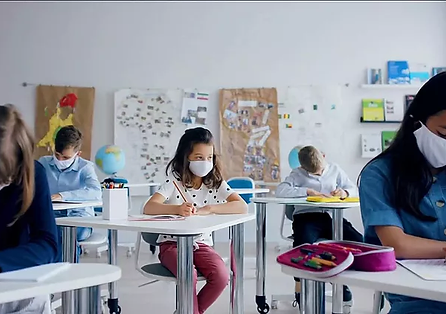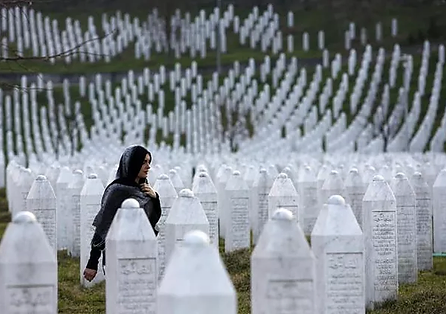
Srebrenica: How The World Watched Generations Passing Away

To fully understand why this massacre happened back in July 1995, we first have to examine the Bosnian War (1992-1995). Back in 1946, the People’s Republic of Bosnia and Herzegovina was one of the most significant republics of the Federal People’s Republic of Yugoslavia. However, during the 1980s, with the massive decline in Yugoslavian economics, public dissatisfaction was spread all across the country, and this emerged nationalist feelings amongst all three major ethnic groups of Bosnia: Bosniaks (Muslims), Serbs (Orthodox Christians), Croats (Catholic Christians).
The political situation aggravated day by day, resulting in a position where Bosniak and Serb politicians could not even bear to sit down at the same table. This political aggression left its place to total violence when the European Community (which later became the European Union) and the United States recognized Bosnia as an independent state. Bosnian Serb paramilitary forces instantly began to fire on Sarajevo, and eventually, the war broke out.
During the war, virtually all majorly Bosniak Muslim populated towns were attacked, and thousands of civilians were expelled from their hometowns as a part of the ethnic cleansing process. However, the barbarity that occurred in Srebrenica was something entirely else. (2)
The urge that led Bosnian Serbs to target Srebrenica was to annex the territory near the Republic of Serbia. To do so, they believed that the expulsion of the Bosniaks, who opposed annexation, was required. To empty the city, in March 1995, Radovan Karadžić, president of the self-declared autonomous Republika Srpska (also known as the Bosnian Serb Republic), directed his military forces to “create an unbearable situation of total insecurity with no hope of further survival or life for the inhabitants of Srebrenica.” Under this command, by May 1995, Bosnian Serb soldiers had imposed an embargo on food and other supplies, making the situation even more vulnerable for the civilians to survive. Dozens of Bosniaks, including the fighters, had to flee the area due to inhumane conditions. After partially achieving their aim, the Bosnian Serb military officially commanded an operation named Krivaja 95, culminating in the massacre. (3)
Bosnian Serb forces were advancing from the South and burning Bosniak homes. Due to all this terror, thousands of locals sought refuge in a nearby village named Potočari, where 200 Dutch peacekeeper forces were located under the United Nations mandate. (Although the United Nations previously announced that they would not intervene in the Bosnian War, the UN Protection Force (UNPROFOR) troops were sent to the war zone for the protection of the UN-declared “safe areas” and to facilitate the delivery of humanitarian aid.) First, Bosniak Muslims were relieved, thinking that they found their way out from horror. However, they were later forced out of Potočari with rape, murder, and terror. Moreover, on the night of July 11, Bosnian Serb soldiers tricked circa 10,000 Bosniak men, who were trying to reach a safe place through a dense forest with UN equipment and gave them false promises to prevent them from running away. Ultimately, they captured them and subsequently executed all.
On July 12 and 13, mass evacuations of blindfolded Bosniak men and boys to execution sites started. Formerly, under the direction of the leader of the Bosnian Serb Forces, General Ratko Mladić, women, children, and elderly were separated, put into buses, and sent to a Bosniak-held territory. (4) However, men and boys were not permitted to leave. They were driven to fields, meadows, warehouses, factories, schools, roads, cultural centers… All of them were first tortured and then brutally murdered. Massive executions were believed to be continued at least till July 16th.
Later in September/October 1995, Bosnian Serb soldiers aimed to hide all traces of massacres and conceal the truth of Srebrenica, so they used heavy tractors to dig up mass graves and moved the remains of humans to distant sites. That’s why the exact number of the death toll is a debate even today, as locating graves and identifying bodies is hugely challenging under such circumstances. 80 mass graves have been found, and it is generally accepted that at least 7,000 were killed in the camps. Also, there are a significant number of people who are still missing. (5) (6)
Slobodan Milošević, Radovan Karadžić, and Ratko Mladić were all arrested at different times after the war and judged by the International Criminal Tribunal for Former Yugoslavia (also known as the ICTY, which the UN established in 1993). All three of them were found guilty of the genocide and crimes against humanity, alongside their separate individual charges. The United Nations, NATO, and the Netherlands are also being heavily criticized as they were incapable of preventing such genocide in the middle of Europe. Many think that they failed Bosniak Muslims and the entire humanity by taking ineffective measures, not giving the necessary support to Bosniaks, and believing that they could not protect civilians who were screaming for help. (Mladic Karadzic Milosevic )
Srebrenica created concrete, permanent barriers between the communities of Bosnia, hindering both political and social reconciliation among the country. Even though there are still people willing to convey hatred to this present day, there is a robust community working hard in Bosnia to end racism, violence, discrimination, and spread love, which is hope flourishing for a better, peaceful future.
If you are interested, you can check BBC’s video playlist about Srebrenica here.
